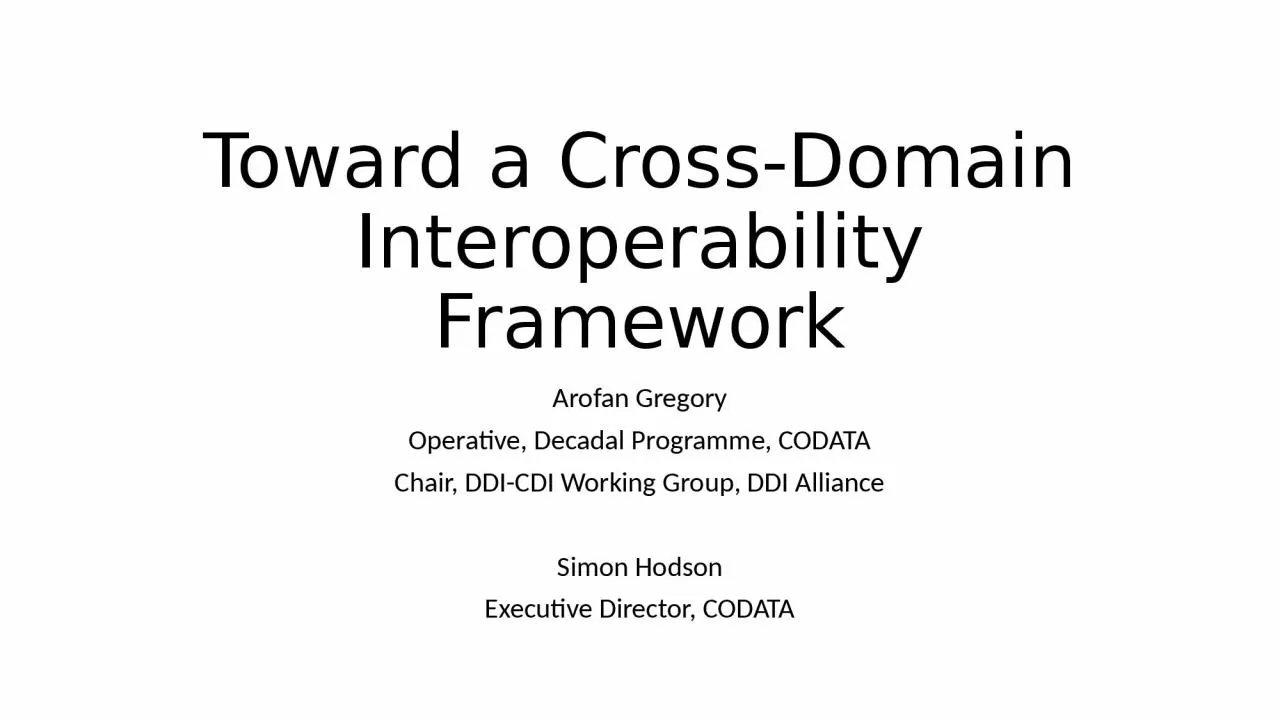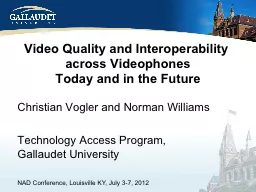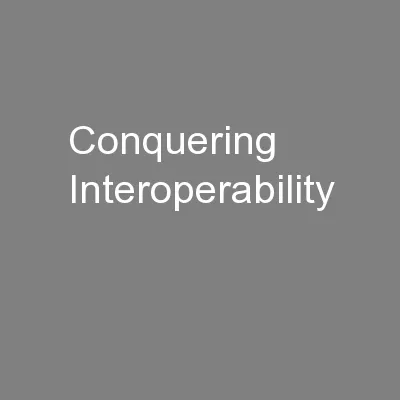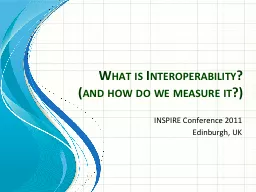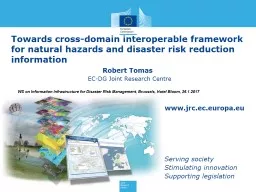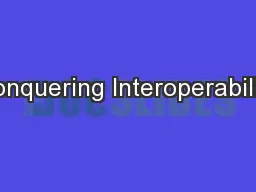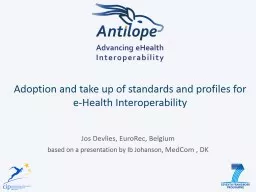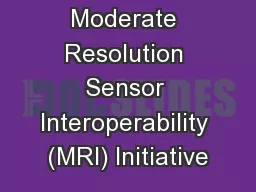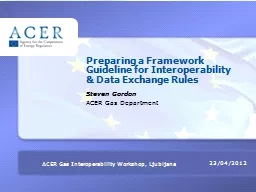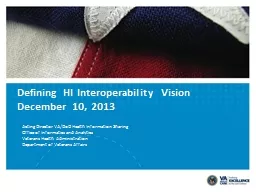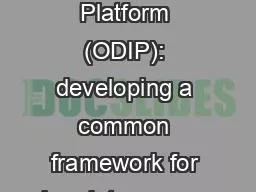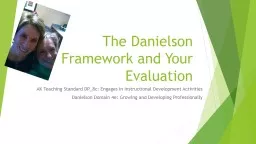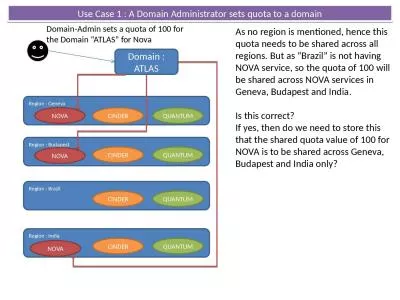PPT-Toward a Cross-Domain Interoperability Framework
Author : ida | Published Date : 2024-02-09
Arofan Gregory Operative Decadal Programme CODATA Chair DDICDI Working Group DDI Alliance Simon Hodson Executive Director CODATA Outline The FAIR Challenge across
Presentation Embed Code
Download Presentation
Download Presentation The PPT/PDF document "Toward a Cross-Domain Interoperability F..." is the property of its rightful owner. Permission is granted to download and print the materials on this website for personal, non-commercial use only, and to display it on your personal computer provided you do not modify the materials and that you retain all copyright notices contained in the materials. By downloading content from our website, you accept the terms of this agreement.
Toward a Cross-Domain Interoperability Framework: Transcript
Download Rules Of Document
"Toward a Cross-Domain Interoperability Framework"The content belongs to its owner. You may download and print it for personal use, without modification, and keep all copyright notices. By downloading, you agree to these terms.
Related Documents

